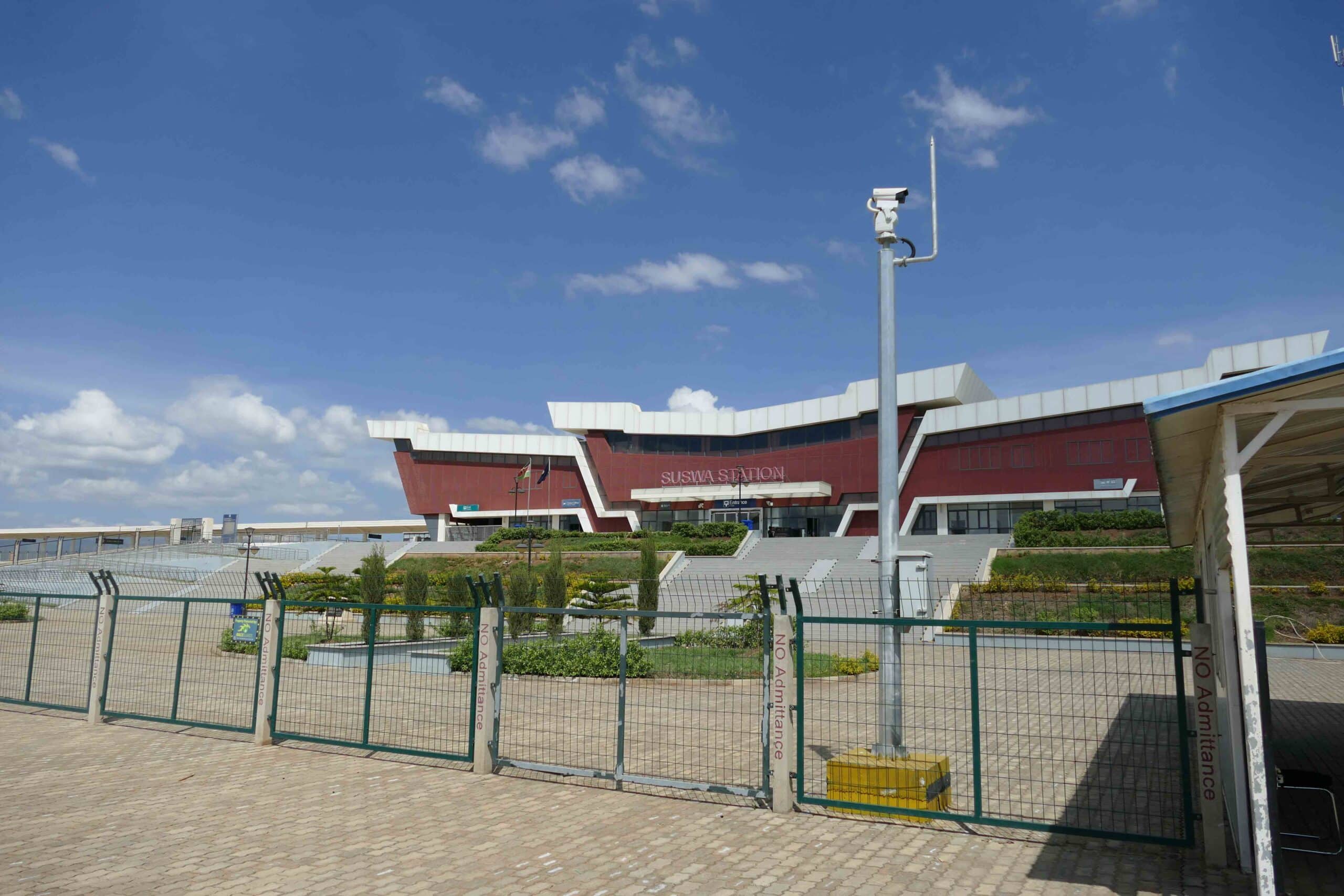“If it pays, it stays”: COVID-19 puts the financial stability of communal conservancies in Namibia at risk.
Community-based natural resource management (CBNRM) in Namibia is often cited as a success story, and indeed the numbers are impressive: Since the proclamation of the first four national nature conservancies in 1998, a further 82 communal conservancies have emerged, covering 166,000 km² with a population of 228,000. This has contributed to the recovery of wildlife. According to census data, Namibia’s elephant population grew from 7,500 to 23,000 between 1995 and 2016. In total, conservancies generated 3.3 m USD in 2017, of which 3.1 m USD are revenues from tourism and only 0.2 m USD come from other sources, such as the harvest of natural produce. These figures reveal that the main source of funding for communal conservancies in Namibia is tourism.
CBNRM as a policy tool for achieving nature conservation originated in Zimbabwe in the 1980s. Supported by international organisations, CBNRM soon gained popularity throughout southern Africa. The underlying principle is that local residents are granted rights of use over game and forest resources in order to compensate them for the implementation of conservation measures. In Namibia the Nature Conservation Amendment Act of 1996 made it possible to create communal conservancies, with the aim of conserving nature, economically uplifting remote rural areas and strengthening communities that were disadvantaged during the apartheid regime. In contrast to protectionist approaches to nature conservation, which are often based on the creation of exclusive spaces such as national parks and the militarization of game guards to combat poaching, CBNRM is based on a utilisationist idea: By attributing an exchange value to nature, wildlife habitats can be secured that would otherwise be displaced by competing land uses such as agriculture. In other words: “if it pays, it stays.”
In Namibia, this commodification of nature is mainly done through two types of tourism: Photo safari tourism and hunting tourism. Since many conservancies lack the business expertise to enter these sectors, they conclude joint-venture agreements with private companies, which include agreements on benefit sharing. With regard to safari tourism, lodge operators that choose to start operating in conservancies in return pay fees to the conservancy and employ locally. Hunting tourism on the other hand is based on quotas issued by the Ministry of Environment and Tourism. Regular game counts form the basis for calculating the quota allocated to the conservancies. These quotas are then sold to professional hunters that market hunting packages to wealthy tourists. A 14-day elephant hunt can easily cost up to 60,000 USD, quota fees for an elephant range around 10-15,000 USD. These fees are paid directly to the conservancy without any taxation.
Conservancies use these funds to implement conservation measures, including the employment of game guards for anti-poaching patrols, designating exclusive wildlife zones and compensating smallholder farmers who suffer elephant raids or predator attacks on their livestock. In addition to conservation-related expenses, conservancies distribute benefits among members in the form of regular cash payments or carry out development projects such as the electrification of villages.
A recent study conducted by members of the CRC found that conservancies in Namibia’s north-eastern Zambezi region are capable of capturing roughly 20 percent of the overall tourism turnover (Kalvelage, Revilla Diez, Bollig 2020: How much remains: Local value capture from tourism in Zambezi, Namibia. Tourism Geographies). However, there are huge differences between conservancies: Those with abundant big game populations bordering national parks are financially more stable than others (see recent paper Nattrass 2020: Differentiation in Economic Costs and Returns from Living with Wildlife in Namibian Community Conservancies. South African Journal of Economics).
COVID-19’s effect on tourism
The current pandemic has revealed conservancies’ high dependence on tourism. Tourism in general is an economic sector that is very sensitive to external shocks, such as natural hazards, political unrest, economic crisis or, as has now become apparent, pandemics. The outbreak of the COVID-19 virus has forced countries to introduce strict travel restrictions to prevent the spread of the disease. In view of the high infection rates in the neighbouring Republic of South Africa, the Namibian government issued a travel ban for all countries on March 24 this year. These travel restrictions have led to massive disruptions in the tourism sector. Given a high dependence on the European and US markets, lodges were closed and planned hunts were cancelled. The tourism industry tried to mitigate negative effects by launching a domestic tourism campaign “Local is lekker”, but the increase in domestic tourism could not compensate for the losses caused by the absence of overseas customers.
There have been warnings from the global conservation community that increasing poverty in rural areas would lead to a rise in small-scale poaching incidents, thus jeopardizing previous conservation efforts. Although it is still too early to tell, no clear evidence for the increase in poaching has been found so far. However, a study led by partners of the CRC at the University of Namibia (UNAM) has found that the financial stability of conservancies is threatened (Lendelvo, Pinto, Sullivan 2020: A perfect storm? The impact of COVID-19 on community-based conservation in Namibia. Namibian Journal of Environment). In view of the lack of income from the tourism industry, conservancies rely on savings from previous years to keep daily operations going. In the long term, the loss of income could have a negative impact on the fight against poaching. International donors provide emergency funds to secure jobs in conservancies. However, this practice increases dependence on third-parties.
The commodification of wildlife in Namibia has led to major conservation success and provides income opportunity in remote rural areas. The motto “If it pays, it stays” has proven successful in terms of wildlife conservation, although criticism has been manifold. What about species that don’t pay (off)? What about the ethics of hunting and the reproduction of colonial power imbalances in trophy hunting? And what about smallholder farmers, who do not get fully compensated for the losses they suffer from wildlife damage?
These questions are the subject of an ongoing debate. The lesson to be learnt from the current crisis is that dependence on a single economic sector, in this case tourism, is risky. Although tourism has made a major contribution to the conservancy programme in recent years, it may be advisable to explore alternative sources of income in order to diversify the funding base and contribute to the sustainability of the programme.
Article by: Linus Kalvelage, University of Köln.
Sub-project c01, Future Chains.






